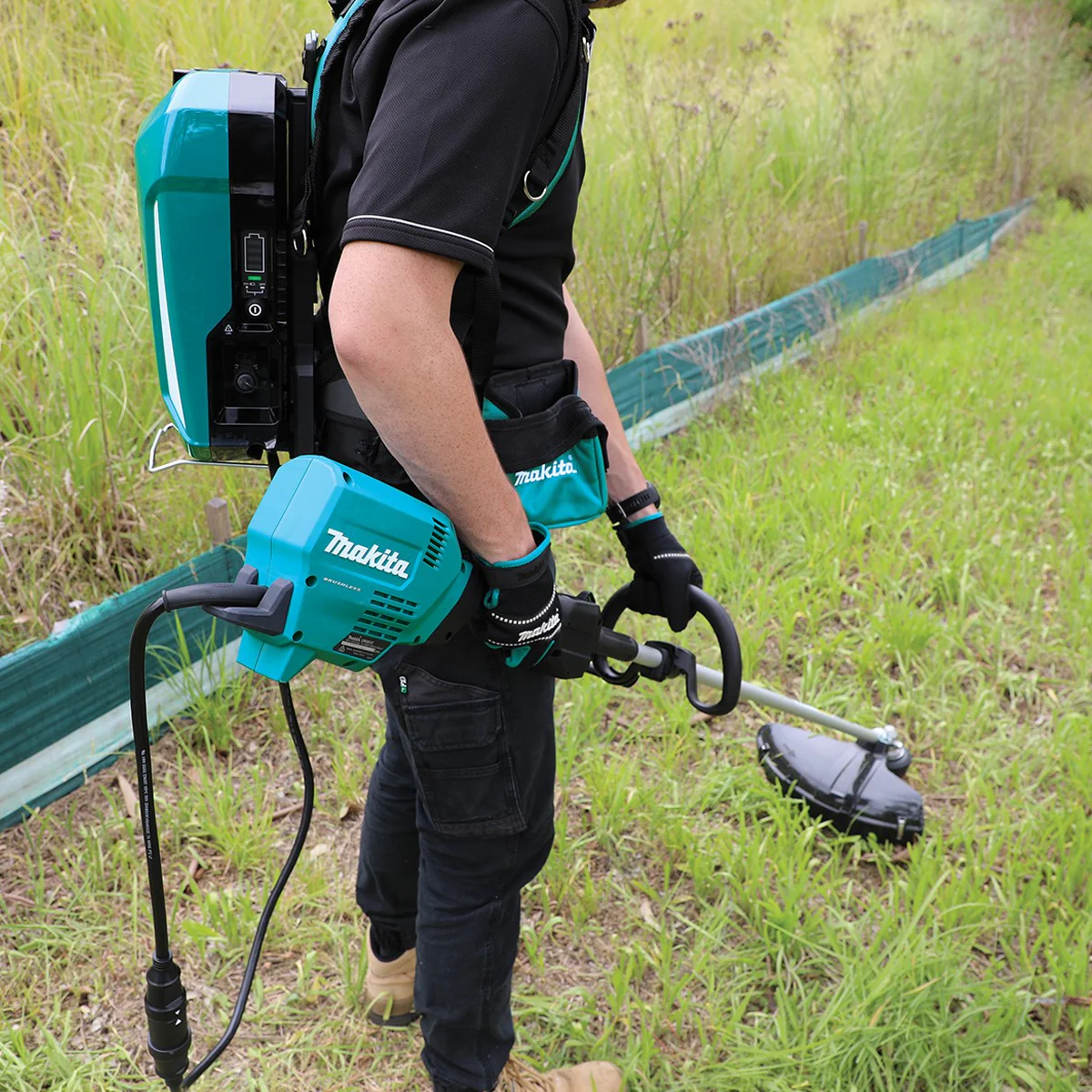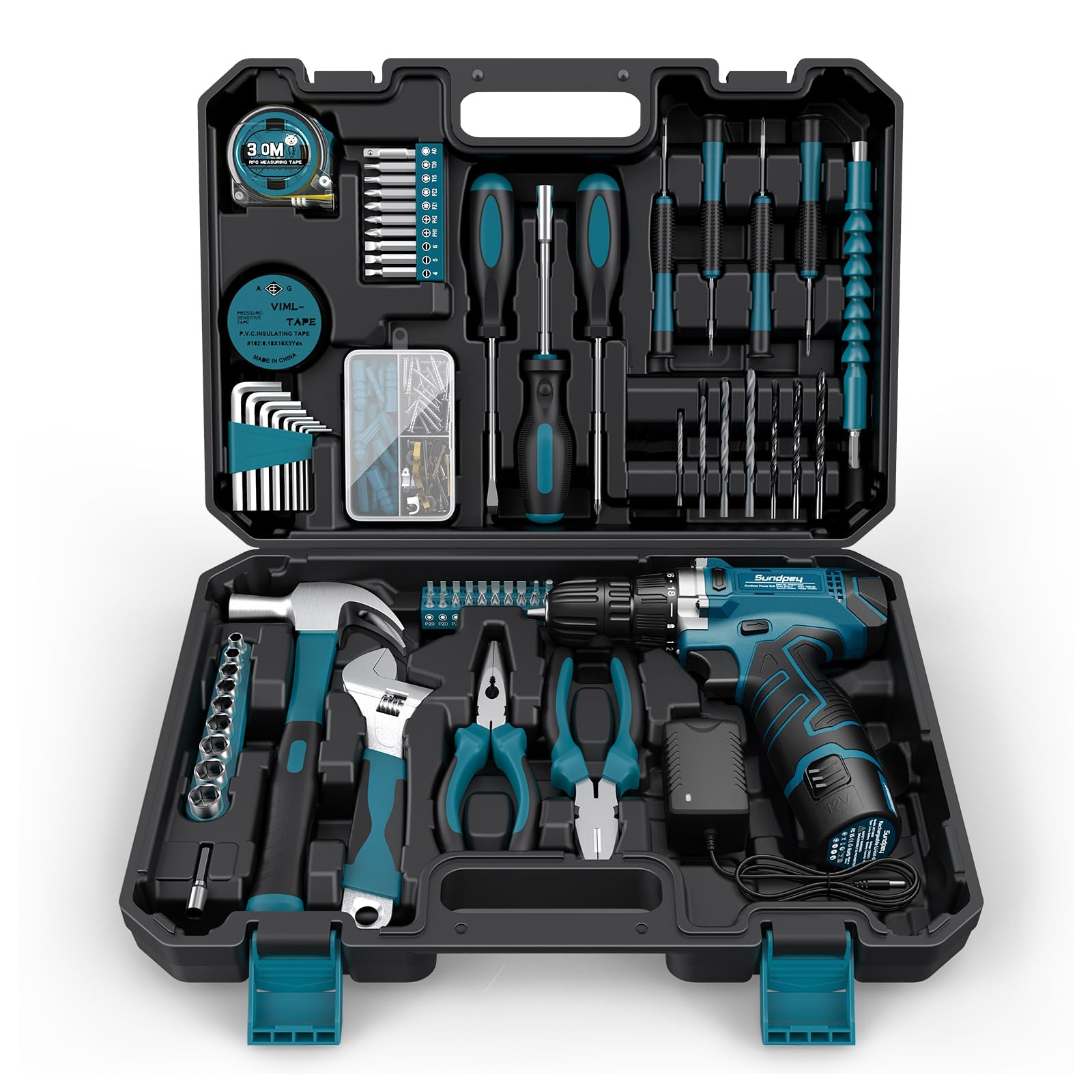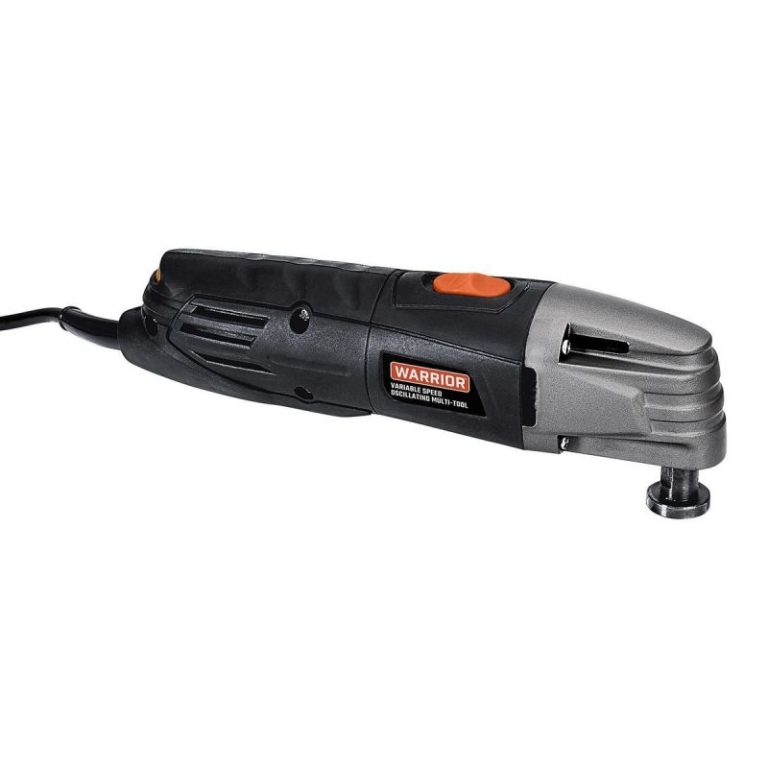
Choosing the Best Portable Power Tool for Smoothing Wood
Introduction to Portable Power Tools for Woodworking
Portable power tools are essential for woodworkers looking to achieve a fine, smooth finish. These versatile tools come in various forms, each tailored for specific tasks. What portable power tool is used to smooth wood surfaces?Knowing what portable power tool is used to smooth wood surfaces is crucial, whether you’re a professional carpenter or a DIY enthusiast.
There are several types of power tools designed for smoothing wood surfaces: random orbital sanders, belt sanders, and detail sanders. A random orbital sander is perfect for achieving a blemish-free finish. A belt sander excels in quick material removal and leveling rough surfaces. For those hard-to-reach spots and detailed work, a detail sander is indispensable.
In this section, we’ll explore these portable power tools’ unique features, benefits, and applications. These insights will help you make an informed decision on the best portable power tool for your next woodworking project. We’ll also touch on operational tips and maintenance practices to ensure the tools’ longevity and your safety.
When choosing the right tool for smoothing wood surfaces, consider the tool’s versatility, the finish quality it can produce, and its ease of use. The right tool can transform raw wood into stunning, smooth pieces efficiently and effortlessly.

Essential Considerations When Choosing a Portable Power Tool
Choosing the right portable power tool for smoothing wood surfaces requires careful consideration.What portable power tool is used to smooth wood surfaces? First, assess the tool’s primary function. Ensure it aligns with your projects’ needs. Second, look at the tool’s ergonomics. It should be comfortable and lightweight to handle, reducing fatigue during long periods of use.
Third, consider the power source of the tool. Cordless tools offer flexibility and mobility, which is important for moving around large projects or different workstations. However, corded tools often provide consistent power suitable for intensive tasks.
Fourth, check the tool’s adjustability. Look for features like variable speed controls and adjustable handles or grips that enhance precision in your work. Fifth, consider the dust management features. Good dust collection systems keep the workspace clean and protect your health.
Finally, consider the tool’s compatibility with attachments. Certain tools accept different attachments that can extend their versatility, making them useful for a variety of tasks beyond just smoothing surfaces. By considering these aspects, you can select a power tool that not only meets your specific needs but also enhances your woodworking experience.
The Versatility of Random Orbital Sanders
Random Orbital Sanders are a go-to for woodworkers. Their unique motion means no predictable sanding marks. They suit various tasks, from rough sanding to fine finishing. With the right sandpaper grit, you can tackle any project.
Here are reasons why Random Orbital Sanders are a smart choice:
- They provide a swirl-free finish even on cross-grain sanding.
- Variable speed settings adjust for different materials and applications.
- Their ergonomic design ensures user comfort during extended use.
- Many models offer built-in dust collection systems for a cleaner workspace.
To use a Random Orbital Sander effectively, always start with a coarser grit and progress to finer ones. This technique helps minimize surface scratches. Always keep the sander moving to avoid gouging the wood. For safety, wear goggles and a mask to protect from flying debris and dust.

Advantages of Using Belt Sanders for Rapid Material Removal
When smoothing wood quickly, belt sanders are key. What portable power tool is used to smooth wood surfaces?They are built for fast and effective material removal. Tasks like evening out rough lumber or prepping surfaces for finer work benefit from a belt sander’s power. Here’s why they’re a must-have in your toolkit:
- Power and Efficiency: Belt sanders are strong and remove wood fast. They save time on prep work.
- Wide Sanding Area: Larger belts cover more surface area. This means quicker work on big projects.
- Variety of Grits: You can use different sandpaper grits. Start with a coarse grit for rapid removal, then switch to a finer one for a smoother surface.
- Adjustability: Many models let you control the speed. This helps when working with different wood types or when precise material removal is needed.
To get the most out of a belt sander, keep it moving across the wood. Staying in one spot too long can create dips or grooves. Always wear safety gear—goggles and a dust mask—to protect yourself from sawdust. Remember, dust management is important for health and a clean workspace.
Belt sanders are heavy-duty tools that maximize efficiency in your woodworking projects. They’re perfect for the initial stages of sanding before moving to finer tools for detailed work.
Detail Sanders: Perfect for Intricate Areas and Contours
Detail sanders are crucial for fine woodworking. Their design targets tight spots and detailed surfaces. Look for ones with different shapes and attachments to navigate complex patterns and edges.
Here are their key benefits:
- Precision: They reach places other sanders can’t. This ensures a complete finish.
- Versatility: With various attachments, detail sanders adapt to many shapes.
- Ease of Use: Their small size makes them easy to operate, reducing hand strain.
To use a detail sander, start with the right attachment for your task. Sand with the grain for best results. Keep the tool moving to avoid grooves or damage.
Safety is important. Wear protective gear, like dust masks and goggles, while sanding. Make sure your workspace is well-ventilated.
In summary, detail sanders are ideal for finishing off woodworking projects with precision and care.

Operational Tips for Smooth and Efficient Sanding
Achieving a smooth finish with power tools requires the right techniques. Here are simple, effective tips for sanding.
- Start with Coarser Grits: Begin with low-grit sandpaper and move to higher grits. This reduces wood scratches.
- Keep Tools Moving: Constant motion prevents gouging and ensures even sanding.
- Use Firm, Even Pressure: Apply steady pressure for consistent material removal. Don’t press too hard.
- Sand With the Grain: Always sand in the wood grain direction. This enhances the finish.
- Check Progress Regularly: Stop frequently to inspect the wood; avoid over-sanding.
- Change Sandpaper Often: Replace sandpaper when worn. Fresh paper cuts effectively.
- Vacuum Between Grits: Remove all dust before switching to a finer grit. This prevents re-sanding.
- Wear Safety Gear: Always use goggles and a dust mask. This protects your health.
- Maintain Sanding Tools: Keep tools clean and check for worn parts. This ensures their efficiency.
- Work in a Lit Area: Good lighting helps you see imperfections. It improves sanding accuracy.
- Avoid Cross-Grain Sanding: Sand parallel to the grain to minimize scratches.
- Utilize Dust Collection: Use built-in dust collection or attach a vacuum. This keeps the area clean.
By following these operational tips, you ensure that your sanding process is both smooth and efficient, leading to a better finish on your woodworking projects.
Maintenance and Care for Longevity of Your Portable Power Tool
Proper maintenance extends the life of portable power tools. Follow these practical steps for care. First, clean tools after each use to prevent dust buildup. Use a brush or compressed air for interior parts.
Second, inspect your tools regularly. Check for loose parts, faulty wires, and worn bearings. Address issues early to avoid costly repairs.
Third, lubricate moving components often. Use manufacturer-recommended oil or grease to keep the tools running smoothly.
Fourth, ensure sharpness for cutting tools. Replace or sharpen blades and bits as needed for effective performance.
Fifth, store tools in a dry place. Moisture can cause rust and damage. Use cases or covers for extra protection.
Sixth, recharge batteries appropriately. Follow manufacturer guidelines and avoid overcharging to extend battery life.
By following these maintenance steps, your power tools will remain reliable and efficient. This will save money and time on future projects. Care for your tools well, and they will serve you well in return.

Conclusion: Making the Right Choice for Your Woodworking Projects
Selecting the right portable power tool for smoothing wood surfaces is key to successful woodworking. Your choice will depend on the specific tasks and projects you plan to undertake. To recap, consider a random orbital sander for a swirl-free finish and general use. Choose a belt sander for quick material removal on larger areas. Pick a detail sander for precision work in tight spaces.
Remember, a tool’s design and features should match your comfort and the project’s needs. Cordless tools offer freedom of movement, while corded models provide sustained power for longer tasks. Also, consider tools with variable speed controls and good dust management systems for a clean, healthy workspace.
Here’s a quick guide to making the right choice:
- Identify your project requirements.
- Match the tool to the task.
- Prioritize comfort and ergonomics.
- Look for versatility and adjustability.
- Opt for durable tools with reliable power.
- Choose tools with effective dust collection.
In summary, the right portable power tool enhances productivity, ensures safety, and provides the desired finish on your woodworking projects. Invest in quality tools, use them correctly, and maintain them well for the best results and longevity.

